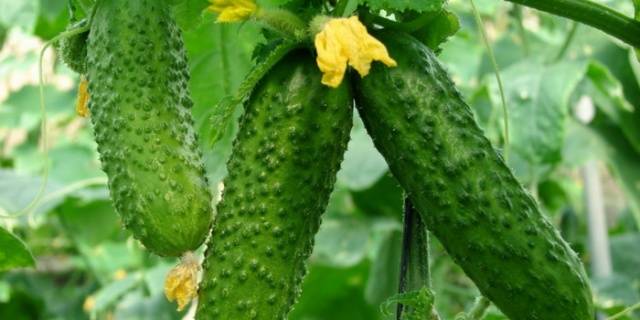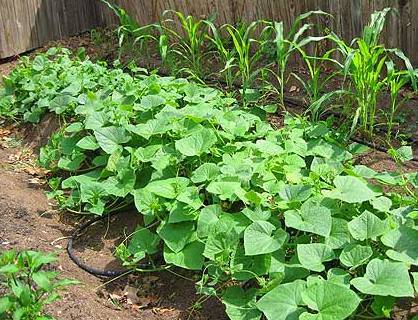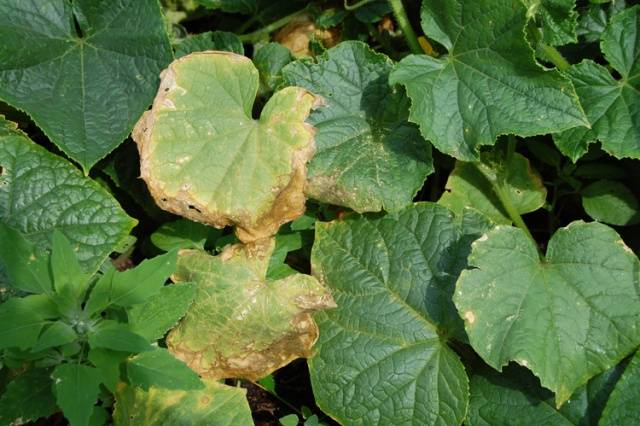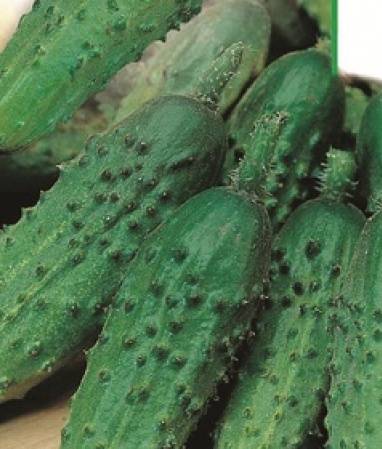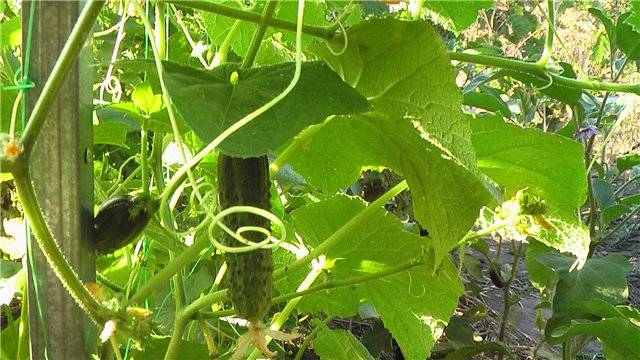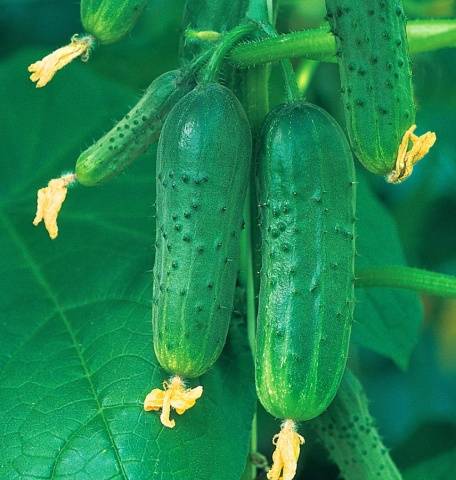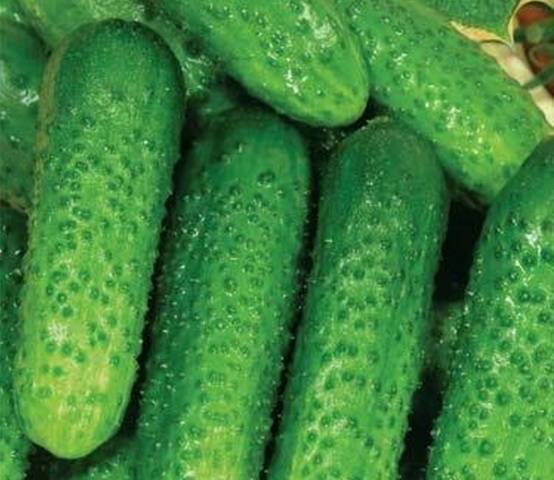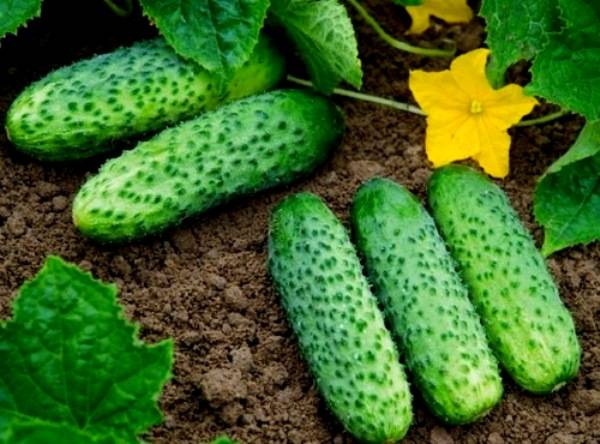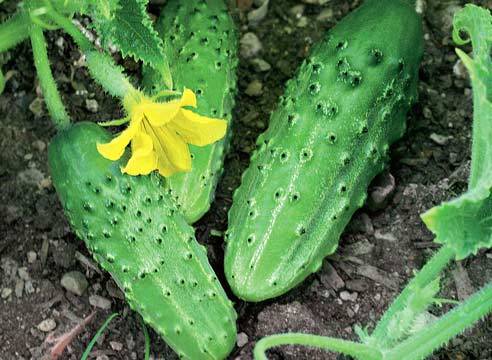Content
It is difficult to imagine a more widespread and common garden culture for domestic conditions than an ordinary cucumber. A plant bearing this almost native name is perceived as a mandatory attribute and an integral part of any home garden. And the table, both everyday, and even more so festive, is simply impossible in Russia without fresh, pickled or pickled cucumbers in one form or another. Therefore, it is practically not customary to think about how much is known about such a seemingly simple and ordinary plant like a cucumber?
Open field cucumbers. Description and features
When growing cucumbers, like any other garden crop, it is necessary, first of all, to know the characteristics of the plant, the optimal conditions for planting, growth and ripening for it. Cucumber has a number of distinct properties, the main of which are the following.
Thermophilicity of cucumbers
Cucumbers are very thermophilic, so it is not surprising that the best conditions for them are the closed conditions of greenhouses or greenhouses. At the same time, it is quite natural and understandable that gardeners want to grow cucumbers specifically for planting in the open field, which requires much less time and financial costs. Therefore, a fairly large number of zoned varieties and hybrids of cucumbers have been bred, which are mainly intended for growing in open ground in certain regions of the country. In this case, it is necessary to fulfill a number of requirements.
A prerequisite for sowing cucumbers is sufficient heating of the topsoil (up to 12-15 degrees). Otherwise, cucumber seeds sown in cold soil simply will not sprout.
Do not forget that the cucumber does not perceive too high temperatures either. If the thermometer is above 30 degrees, the development and growth of cucumbers slows down. The optimal interval is between 24 and 28 degrees.
Small deviations from these dates can be caused by differences in climatic conditions in rather big Russia.
The seeds of cucumbers are buried in the soil by about 2 cm, the planting density is no more than six to seven bushes per square meter. It is not only unnecessary to plant seeds more densely, but it is also harmful to plants, since at such a frequency a lack of sunlight and lack of ventilation are practically guaranteed.
Nutritional requirements of cucumbers
All varieties of cucumbers are extremely susceptible and highly dependent on proper feeding. It should start early, even before sowing the plant. The future planting site for cucumbers is fertilized, as a rule, with heavily rotted manure (under a predecessor suitable for a cucumber), and directly under the plant - with chicken droppings or mullein. With this preparation, conditions are created that are optimal for the growth of a cucumber, the required amount and types of nutrients are accumulated, and the soil is disinfected from some pathogens.
Superficial root system of cucumbers
For all vegetable crops with a shallow root system, the most favorable conditions are considered to be provided by a structured soil, namely, unhindered access of oxygen and significant moisture. Cucumber is no exception to this rule. Its root system makes up only 1.5% of the total mass and penetrates into the soil to a depth of about 40 cm. But most of it is located almost at the very surface - 5-10 centimeters from it. Naturally, such a structure of the roots completely excludes the possibility of cultivating the land directly next to the plant. Otherwise, the root system will be damaged every time, which cannot have a positive effect on the plant and significantly spoil the harvest. Moreover, the restoration of a plant after damage to its roots takes at least a week.
It has long been found that the best precursors for cucumber are green manure, lettuce, peas, and early and cauliflower. In addition to them, it is allowed to use tomatoes and potatoes.
Therefore, air access to cucumbers should be provided not by constant loosening of the soil and weeding weeds, but a well-chosen predecessor of the plant, timely application of organic fertilizers and correctly performed mulching.
The need for cucumbers in a large amount of moisture
This property of cucumbers, no doubt, is known to almost everyone. Translated into scientific language, a plant needs a constant moisture regime for normal and successful growth and development. Otherwise, the reaction of the plant comes very quickly:
- cucumber leaves become brittle;
- the whole plant takes on a darker color;
- cucumber fruits either stop appearing or stop developing.
It should be borne in mind that excessive moisture can do some harm. First of all, it reduces the amount of oxygen contained in the soil. This, in turn, causes the leaves of the plant to turn pale and also negatively affects the formation and growth of zelents.
Even more stress is caused by periodic fluctuations in humidity. If they are also accompanied by temperature changes, bitterness usually appears and accumulates in the fruits of the plant, which has an extremely negative effect on the taste of cucumbers.
Another important nuance is that the water used for watering cucumbers must be warm enough, with a temperature of at least 18 degrees. This is due to the fact that in the case of watering the plant with cold water, the absorption capacity of the cucumber root system is significantly reduced.
The recommended optimum moisture level of soils with growing cucumbers for open ground is 80%, the wilting threshold of this plant is 30%.
Short photoperiod of cucumbers
The photoperiod is usually called the duration of daylight hours. Cucumber, being a warm and sun-loving plant, nevertheless requires only about 10-12 hours of photoperiod. Therefore, quite often cucumbers take root well in open ground in the most distant parts of the garden with a light shadow available there. Which, undoubtedly, is very convenient, since it allows you to use the useful areas that were freed up after the harvested early vegetables as efficiently as possible for planting these plants.
As a short day plant, the best times for the growth and maturation of cucumbers are the beginning and end of summer.
Ways to increase the yield of cucumbers
There are several ways to increase the yield of cucumbers, specially bred and grown in the open field, that have been invented and tested for a long time in practice. Here are the main ones:
- Naturally, high-quality soil preparation and care, pinching of the lashes - that is, what is usually done and is called good traditional cultivation of cucumbers.
- temporary cessation of watering cucumbers. Produced before flowering, when the plant is placed in extreme conditions, which leads to increased fruit formation;
- creation of plantings with a mixed composition of plant varieties and hybrids. There is an increased cross-pollination of cucumbers, which often leads to an increase in yield;
- banding of cucumber stems. A circular, very shallow incision is made under the very first pair of leaves, which leads to a reduction in the outflow of nutrient fluids to the root system and an increase in the number and quality of plant ovaries;
- removal of the first ovary of cucumbers. Leads to the strengthening of the root system for the subsequent increase in the number of fruits of the plant.
Popular varieties of cucumbers for open ground
At the moment, there is a fairly large number of varieties and hybrids of cucumbers bred for cultivation in open ground, zoned for almost any region of Russia. Below are the most popular varieties of cucumbers for open ground with a photo and a short description.
Cucumber variety "Nugget"
A universal variety that is quite acceptable to use both in greenhouses and greenhouses under a film cover, and for planting in open ground in beds. The yield of the variety is approximately 10-12 kg / sq.m. Despite the fact that most experts refer to salad varieties, it is also quite suitable for pickling. It has a high resistance to various root rot, so it can be grown in those gardens and vegetable gardens where similar diseases were recorded. The variety of cucumbers "Samorodok" is characterized by almost complete absence or a small number of lateral shoots, so there is no need to form it. Ripe cucumbers, as a rule, are small in size: up to 12 cm long, and up to 100 g in weight. The fruits of the plant have a characteristic white pubescence and not very pronounced ribs. The seeds are sold in bags shown in the photo:
Cucumber hybrid "Swallow F1"
The Swallow F1 hybrid belongs to pickling varieties, although it also perfectly tolerates pickling. The zelents of the hybrid have a regular oval shape, up to 12 cm long and a cucumber weighing up to 113 g. The fruits of the plant have black pubescence. The hybrid is quite resistant to downy mildew and powdery mildew. The following photo shows the growing cucumbers of this variety.
One of the most popular hybrids, zoned for most of the central regions of Russia. In more northern regions, its yield decreases.
Cucumber variety "Farmer"
A late-ripening variety of cucumbers, most often used for open ground - from the beginning of germination to the collection of the first fruits, it takes 50-60 days. Despite the fact that the variety appeared a long time ago, various sources attribute it to many varieties - from salad to canned food. The reason for this confusion is simple and understandable: in fact, "Farmer" is a universal variety, perfect for all possible ways of consumption.
It is possible to grow this variety under film shelters, but at the same time one of the main advantages is not used - the ability to withstand cold snaps.
It has a relatively high yield - 12-14 kg / sq.m. The average weight of a ripe cucumber is 95-105 g, its length is up to 12 cm. Cucumber hybrid "April F1"
A versatile widespread hybrid that belongs to early maturing plants. The first cucumbers can be harvested 45 days after germination. The variety has rather large fruits of a regular cylindrical shape, the length of which is 20-25 centimeters with a mass of 200-250 grams. The cucumber has excellent taste, does not taste bitter. The hybrid has high cold resistance, and is also extremely undemanding to care for. The combination of these qualities allows you to achieve high yields in the open field.
Cucumber hybrid "Malyshok"
An early ripe hybrid of a cucumber for planting in open ground. Fruiting occurs 40-45 days after the first shoots have emerged. The variety is undersized, belongs to the bush. The fruit has the shape of an ellipse, dark green classic color, with large tubercles, stripes and white pubescence. The appearance of the fruit is shown in the photo.
Cucumber hybrid "Masha F1"
An early ripe hybrid with a beam type of flowering. It has a high yield, including a long period when the plant bears fruit.
The first cucumbers can be harvested in 35-39 days from the day of emergence. The fruits have the correct cylinder shape and are gherkins in size.
"Masha F1" possesses high taste, is genetically not subject to bitterness, and is also resistant to most diseases common in domestic conditions.
Cucumber hybrid "Spring F1"
One of the mid-season (it takes 48-55 days from the moment of the first shoots to the start of picking cucumbers) hybrids, the main feature of which is disease resistance. In addition, it has excellent taste and is excellent for canning and pickling. Ripe cucumbers have a standard length of about 12 cm. With a single fruit weighing up to 100 g. The shape is regular cylindrical, the cucumber is covered with small tubercles with rather sparsely spaced thorns.
Conclusion
The variety of existing varieties of cucumbers for open ground and various technologies for their cultivation will allow every gardener to find the most suitable plant variety for him. And as a result - to get a decent result in the form of a good harvest and rave reviews who tried it.


